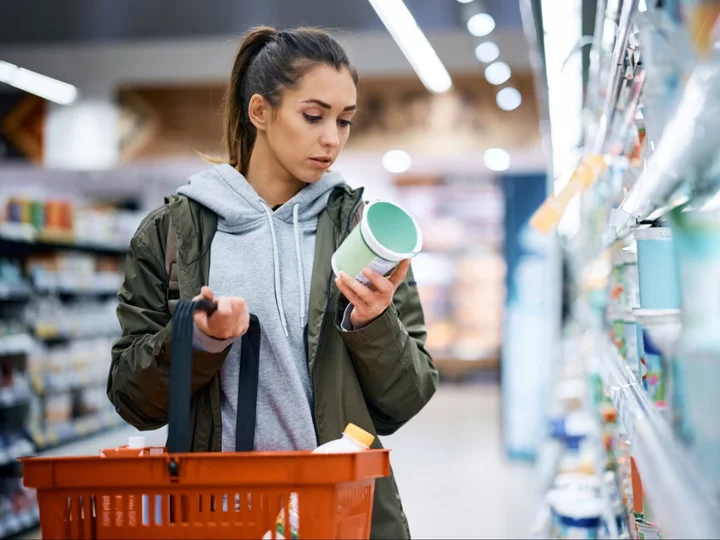Portion information on food packaging is too “confusing, inconsistent or unrealistic” for people to get a clear understanding of how much sugar, fat and salt they are consuming, according to new research.
Which? surveyed more than 1,200 people on portion sizes and found that a large number of people could not estimate correctly how many servings popular supermarket foods contained.
The consumer champion found that respondents often assumed portions were larger than the suggested serving sizes listed on the packaging, and labelled the latter “small” and “unrealistic”.
For example, more than half of respondents thought a 225g pack of halloumi would cover two to four servings, but the package information suggests it should feed seven.
More than a third of respondents thought a tub of Pringles contained two to four portions, but the packaging suggests it contains six to seven servings of around 13 crisps per person.
The majority (79 per cent) of those who took part in the survey thought a supermarket meal deal was designed to serve one person, given they are typically purchased for a single person’s meal.
However, Which? pointed out that while the sandwich is usually for one person, the drink and snack that are usually included in the deal may be designed for two.
The research also found inconsistencies in portion sizes across pack sizes for popular products.
Walkers Ready Salted Crisps come in three different individual pack sizes ranging from 25g per pack in a multipack to 45g in a grab bag, but these all count as one portion. Meanwhile, a 150g sharing bag suggests that a single portion is 30g.
Other products that have similar inconsistencies include Cadbury’s Dairy Milk, which have recommended serving sizes ranging from 20g to 33.5g.
Which? also found inconsistencies in serving size suggestions depending on the brand, even if the amount of product in a package is similar. A 300g back of Dell Ugo tomato and mozzarella tortellini states that it serves two people, but a near-identical version by Marks & Spencer that also weighs 300g says it contains three servings.
Respondents also found it difficult to estimate an appropriate portion size for drinks, it was revealed, after 229 people were asked to pour themselves a glass of wine, juice or smoothie and measure how much they served themselves.
Just under half (49 per cent) of white wine drinkers poured themselves more than the recommended 125ml, with the largest pour recorded rising to more than double that (275ml). Among red wine drinkers, almost two thirds (69 per cent) poured a much larger portion, which the largest pour reaching 250ml.
More than half (54 per cent) of those who drank orange juice served themselves more than the recommended 150ml, with the largest pour measuring in at 400ml. Orange juice packages show the amount of calories and sugar in a 150ml serving, which is around 62 calories and 13g of sugar.
However, a 400ml glass has 166 calories and 35g of sugar, more free sugar than an adult should have in a day according to the NHS.
Which? said: “Although traffic light labelling is a useful guide to the nutritional value, for it to be effective it must be based on realistic portion sizes. Manufacturers and supermarkets should look to make improvements and provide clearer labelling on serving sizes so shoppers are not misled about the food they buy.”
Customers are also advised to check packaging and to measure portion sizes at home to get a clearer idea of what they should consume looks like according to the packaging suggestions.
Shefalee Loth, a nutritionist at Which?, said: “Which? found people can be confused by inconsistent and unrealistic serving sizes and that the way that manufacturers provide these can sometimes make it difficult to assess just how healthy a product is.
“Nutrition labelling is really valuable for consumers, including front of pack traffic light labelling, but it needs to be based on meaningful and consistent portion sizes.”
Read MoreMen have a problem – and it won’t be solved by either Andrew Tate or Caitlin Moran
Elon Musk reacts to ex-wife Talulah Riley’s engagement to Thomas Brodie-Sangster
Thomas Brodie-Sangster references Love Actually in sweet engagement announcement with Talulah Riley
In Horto: Hearty, outdoorsy fare in a secret London Bridge garden
Zero-fuss cooking: BBQ pork ribs and zingy Asian slaw
Brad Pitt and Angelina Jolie ‘set to try and resolve’ longrunning vineyard dispute

